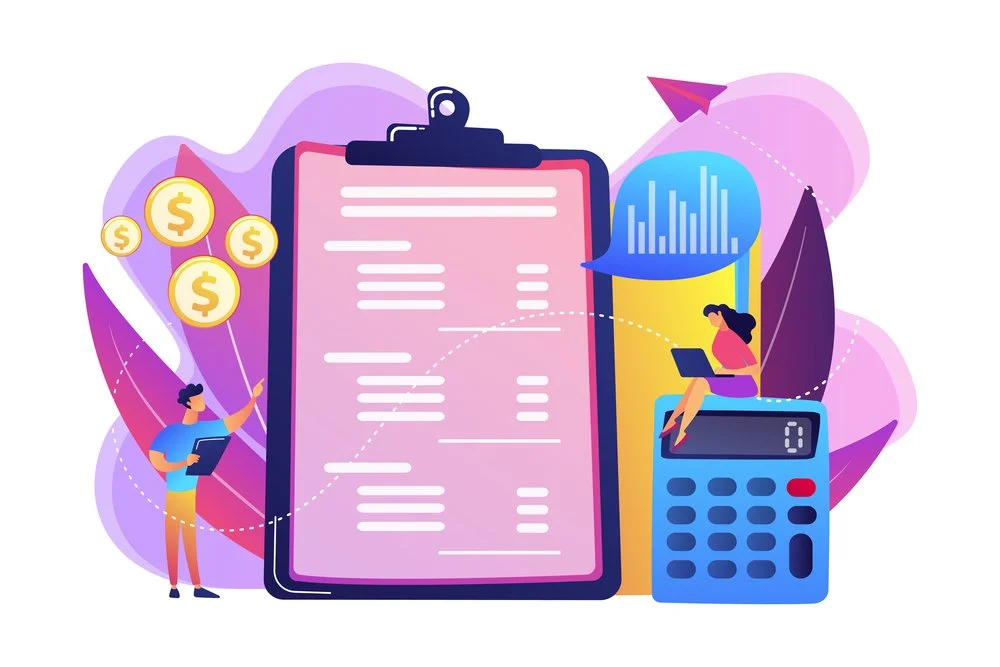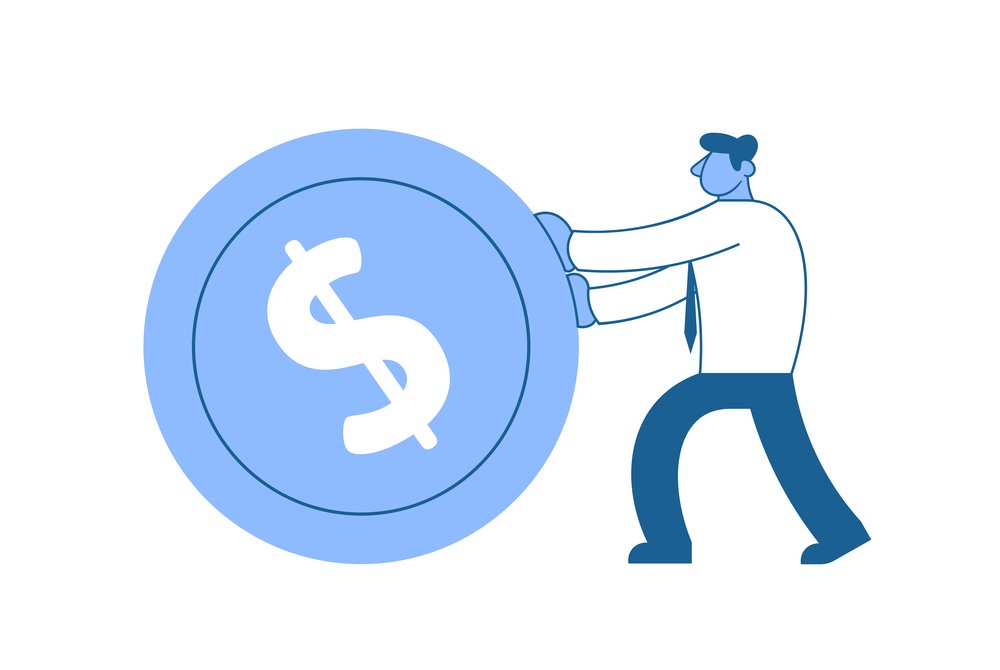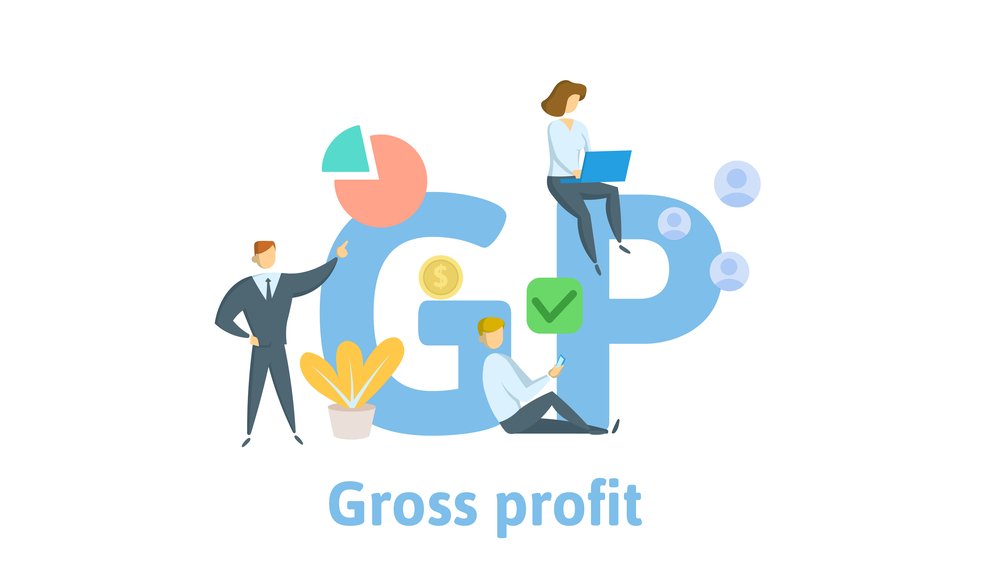Reading Your Income Statement
Reading your income statement, also known as a profit and loss (P&L) statement, is one of a business owner’s most important tasks. It helps you understand how well your business is doing, where money is spent to deliver services, and most importantly, whether or not your business is profitable. This article will walk through an example of what your income statement might look like. I’ll explain what each section means and help you read this critical document, thus unlocking a better understanding of your agency's health.
Feel free to follow along using a copy of your own income statement. As a starting point, run a Profit & Loss (P&L) report and consider looking at the last fiscal year or the past 12 months.
This next point is important. There are two ways to account for your income: accrual or cash basis.
Accrual accounting: Records revenue and expenses when transactions occur, but before money is received or dispensed.
Cash basis accounting: Records revenue and expenses when cash related to those transactions is received or dispensed.
Accrual accounting provides a more accurate view of your financials because it accounts for all revenues and expenses as they're generated. The cash basis method records these only when cash changes hands; as a result, it can present more frequently-changing views of profitability. For simplicity's sake, you should always look at your income statement on an accrual basis. Your tax accountant will only use cash basis to determine your tax exposure in a given period.
Click here to follow along using a sample income statement.
This is a link to a Google Sheet that you can take, tweak, and make your own. Click File > Make A Copy to save it for yourself.
REVENUE
Revenue is the total of all invoices to your clients. You might often hear this figure being referred to as Sales or Total Billings. Knowing your revenue tells you how successful your agency has been at attracting clients and projects, so it plays a significant role in determining the health of your business. But as you’ll soon find out, revenue is a vanity metric and doesn’t paint a full picture of where things stand.
Your revenue may include the following items:
Agency Fees. The sum of the fees you charge to put together a strategic plan, create content, conduct research, activate an event, or carry out other services.
Rebilled Media (w/ Markup). You may front the cost of media buys, knowing that you'll be able to markup the amount by an agreed-upon percentage. If your client reimburses you for media buys, then this gets recorded as revenue.
Rebilled COGS (w/ Markup). There are certain costs you might bear during client work that are simply billed back to clients with an appropriate markup. You might have to buy specific software that is only applicable to one client; or you might need to book a space for a commercial shoot. You'll pay these expenses upfront, but will bill your clients the cost-plus markup.
Misc. Income. There are a handful of ways your agency could earn income outside of your normal course of business. For instance, you might make money from referral fees when you send business to one of your trusted vendors. The money you make off these types of arrangements would be tagged as miscellaneous income.
COST OF GOODS SOLD (COGS)
Sometimes referred to as Cost of Services (COS) or Cost of Sales. Your Cost of Goods Sold includes all the costs directly involved in delivering agency services. Your accountant makes judgment calls about what to include in COGS, and what to include somewhere else. For instance, I've seen some accountants include labor costs in COGS because they associate it with delivering the service. I take the stance that salaries are a part of general operations, and therefore should not be included "above the line." However, independent contractors hired specifically to execute client work are considered above the line and should be included in COGS. I'll explain the concept of “above the line” / “below the line” in the Gross Income section.
When determining COGS, ask yourself this question: what costs only happen on behalf of a client? If the client were to disappear, so would these costs. This is the main reason I place salaries below the line. If a client ends their contract with you, those salaries are still on your books. However, all those costs above the line go away immediately once the client does.
Your Cost of Goods Sold may include the following items:
Media. This is the cost of the media you purchase on behalf of your client to promote their product or service.
Other Resold Expenses. This includes software you purchased specifically for client work, event space to activate a branded experience, a studio for a commercial shoot, and a host of other costs that are essential to executing client work.
Independent Contractors. These are your 1099 contractors that are hired specifically for client work because you don't have the expertise in-house. You bring these people on in a limited capacity because the project work doesn't justify hiring a full-time person.
GROSS INCOME
Gross Income can be expressed as a formula: Revenue - Cost of Goods Sold. You might often hear it being referred to as Agency Gross Income (AGI), Gross Profit, or Gross Margin. Gross income specifically measures the cash you made from each client engagement.
Gross Income gives you a more realistic picture of your business’s performance (compared to revenue). Bringing in $100,000 in a month might sound impressive (vanity metric); but if your Cost of Goods Sold eats up $80,000, suddenly the picture isn’t looking quite so rosy. To make sense of whether your gross income is good or bad, you want to monitor it on a quarterly or annual basis to determine whether it’s moving up or down. If it’s headed down, there are some questions you might want to ask:
Are production costs increasing?
Have we been discounting client services?
Have we decreased markup on rebillable items?
As I mentioned earlier, gross income is also referred to as "the line." Above the line items on your income statement include Sales and COGS. Below the line items are operating expenses, interest, and taxes. You generally want to keep a watchful eye on items above the line because they tend to vary more in the short term.
OPERATING EXPENSES
Operating expenses are often referred to as "overhead." These expenses are not directly related to delivering your service. They also include everything else your accountant has decided does not belong in COGS.
Your operating expenses may include the following items (there are additional items included in the sample income statement):
Compensation. Because talent is our most valuable asset in this industry, your compensation will account for the highest percentage of operating expenses. In general, you want to keep your compensation below 50% of AGI.
Rent. Many agency owners are looking at this number and wondering whether they should decrease it with the move to hybrid work. As a metric, if your rent accounts for about 5-6% of AGI, you're fine. Any savings with rent reduction should be put toward activities where your team gets together in-person.
Marketing. The money allocated to market and promote your business. Far too many agencies don't allocate enough funds to marketing, and then wonder why their pipeline looks so bleak.
OPERATING PROFIT
Operating profit is calculated by the equation Gross Profit - Operating Expenses. This metric is also known by the acronym EBITDA, which stands for “earnings before interest, taxes, depreciation, and amortization.” Your operating profit is the profit your business earns for servicing clients. Interest only matters if your agency is partially financed by debt. Taxes speak more to where your business is located, rather than how well you are running the business. And finally, depreciation and amortization are non-cash charges that I won't go into here but will address in a future article about reading balance sheets.
If you were looking to sell your agency, potential suitors would look at your operating profit to determine your ability to pay off debts and return profit to owners. Determining a price to sell your agency is usually done on a multiple of EBITDA.
NET PROFIT
Net profit is the last line on the income statement. This is what's left over after all costs and expenses are subtracted from revenue. In other words, this metric is your "bottom line."
KEY TAKEAWAY
Your Agency Gross Income should be viewed as your top line. Keep in mind that the revenue number is usually inflated; after all, there are countless pass-through costs that go through your agency. Rather than looking at vanity numbers, focusing on AGI provides insight into how much money you have available to keep the place running. As you may have noticed in the overhead section, AGI forms the basis for many of the performance metrics we monitor to track financial performance.
Your bottom line is the money you get to keep. If your bottom line is lower than expected, you generally have three options to fix it:
Increase pricing. This is not an easy sell for clients; but in order to improve your bottom line, you should work to increase prices for new clients.
Lower production costs (COGS). Figure out how to reduce costs to outside vendors. This could include locking them into contracts that you are comfortable with.
Reduce operating expenses. The largest item will be payroll. This is the reason many agencies consider reducing headcount as the quickest way to reduce overall expenses. As always, how you achieve this change is up to your discretion.







